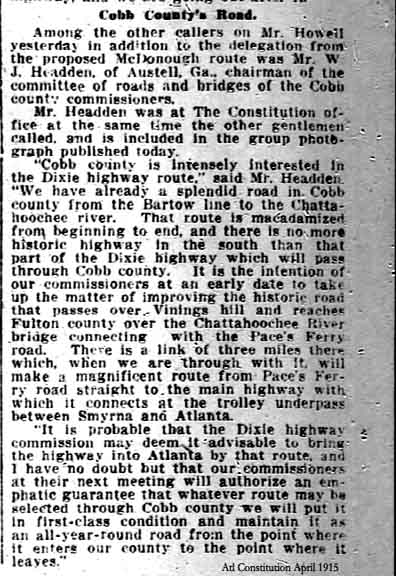
from AJC.com 9/22
Due to the interest (over 250 hits yesterday) on the Vinings flood stretch (Cochise Dr., Paces Ferry, Canoe commercial center, and Paces Ferry Dr.), went back and checked this morning – the river is out and back within banks. No water. However, a silent dark brown muck is on everything up to about 5 or six feet.
My experience of working in the marine industry during Hurricane Andrew (92′) in Miami, and on the ground in Gulfport, MS. after Katrina with the Red Cross, are offered relative to returning to flooded property.
1. Caution – flood waters are a conduit of bad stuff. There are going to be snakes, ants, flies, mosquitoes, and possibly rodents (even a dead fish or two) in and around flooded properties. Also the potential for live electrical lines and gas leaks. Treat standing water as contaminated. Don’t rush access, entry, and begin removal/clean-up without progressively evaluating hazards. “Clear” potential of infestation and utility issues before beginning cleanup.
2. Children and pets – Leave them elsewhere for the time being to avoid potential for injury.
3. Generators –If no, or questionable, electricity and generators are going to be used for power – place away from structures. There have been incidents of “housing” generators in the garage that lead to an entire family being asphyxiated from fumes.
4. Document (digital camera) all damages before beginning cleanup (insurance and possibly future FEMA assistance).
5. Help – several heads-up: Keep initial removal and recoveries to family and known friends. Offers of help from unknown persons might be ok, maybe not – limit the latter to specific tasks and not carte blanc access to where valuables may be. Second, do not rush to contract with third parties to do anything structurally. They’re going to be soliciting everywhere… and unless recommended, local, licensed, insured, and vetted – hold off with the excuse of “not there yet” and take a phone number.
more suggestion…
Any assistance or need, which someone would like posted, can be forwarded to me by e-mail: bleufalcon@aol.com
Read Full Post »
 National Archives, Atlanta Battlefields, 1864
National Archives, Atlanta Battlefields, 1864







